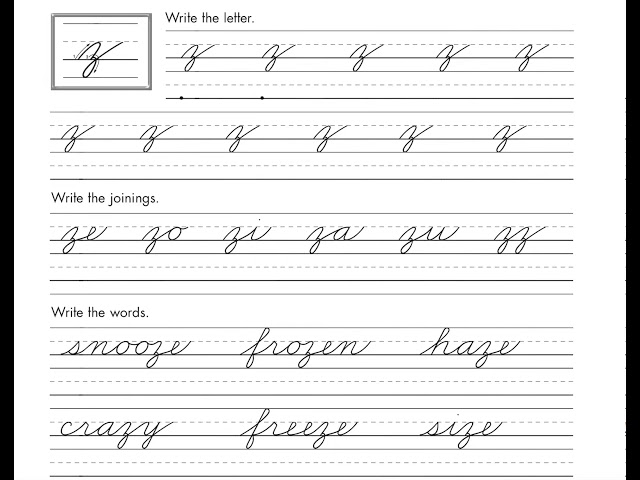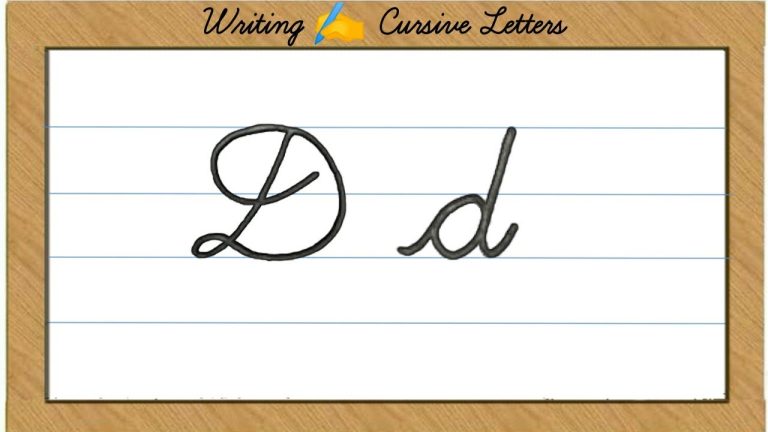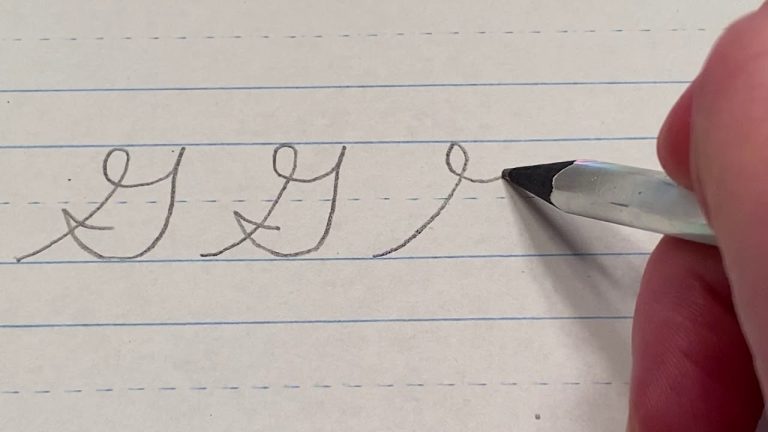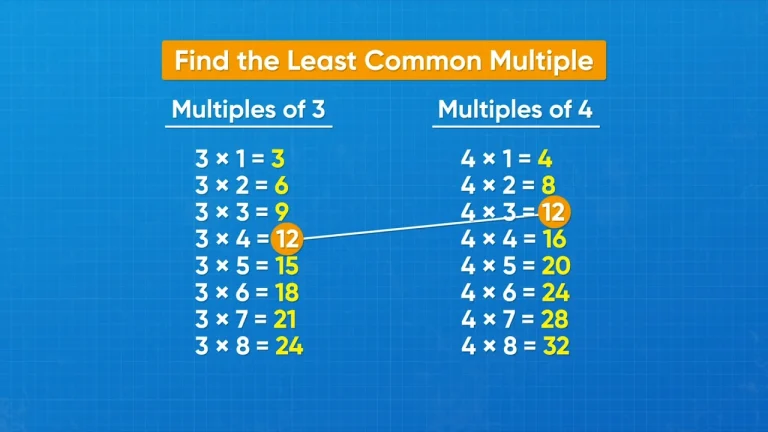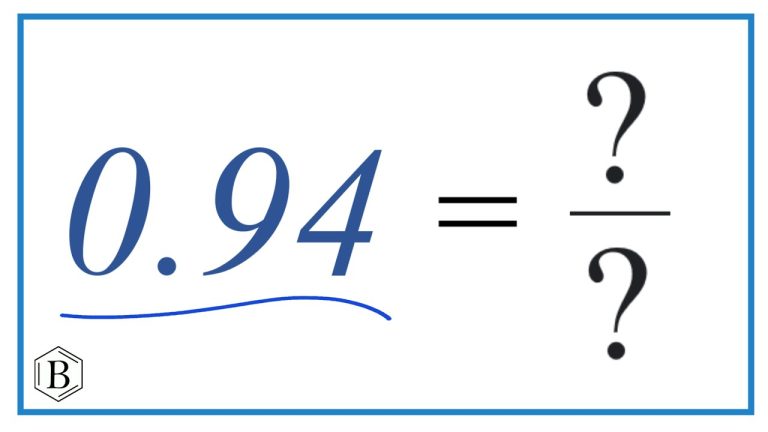What is 0.11811 Inches to Fraction?
If you’ve come across the measurement 0.11811 inches, you might be wondering what it looks like as a fraction of an inch. Decimal values can feel complicated, especially if you’re more familiar with fractions like 1/8 or 1/16. Don’t worry because this guide explains how to convert 0.11811 inches into a fraction and shows real-world comparisons.
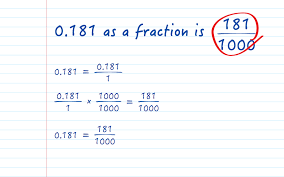
0.11811 Inches as a Fraction of an Inch
The decimal 0.11811 inches converts almost exactly to:
0.11811 inches = 3/25 of an inch (precise fraction).
But when working with standard inch fractions used in machining or carpentry, the closest common fraction is:
0.11811 inches ≈ 1/8 inch (0.125 inches)
You can also check Greatest Common Factor Formula.
Converting 0.11811 Inches to Other Units
Sometimes decimals are easier to understand when converted to metric units. Here’s how 0.11811 inches translates:
- Millimeters (mm): 0.11811 × 25.4 = 3 mm
- Centimeters (cm): 0.3 cm
- Microns (µm): 3,000 µm
This makes 0.11811 inches exactly 3 millimeters which is a common metric size for small parts and materials.
Decimal Inch to Fraction Conversion Chart
|
Decimal (inches) |
Fraction (inches) |
Approximate Value |
|---|---|---|
|
0.0938 |
3/32 |
Smaller |
|
0.1181 |
~3/25 |
Exact value |
|
0.125 |
1/8 |
Slightly larger |
Where You Might See 0.11811 Inches?
This measurement may look unusual but it appears in many industries:
- Paper & films: Certain high-quality materials can be measured in this thickness.
- Sheet metal thickness: Specialty sheets may be made close to 0.11811 inch or 3 mm.
- Electronics: Circuit boards, connectors and small components often use dimensions in this range.
- Machining & Engineering: Tolerances and precision parts may call for values close to 0.11811 inch.
FAQ’s Section
Conclusion
The decimal 0.11811 inches may look complicated at first but it’s really just another way of saying about 1/8 inch or exactly 3 mm. If you’re converting it to fractions, metric units or visualizing it in real-world objects, this size plays an important role in fields like engineering, woodworking, and electronics.

